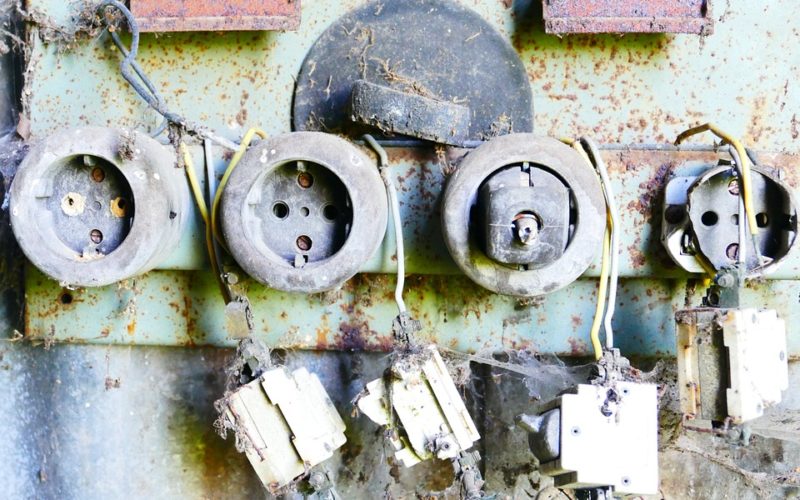Sell For a Profit
Property flipping has become a widely recognised strategy for generating wealth within the real estate market. It involves purchasing properties, carrying out improvements to add value, and then selling them at a higher price point.
The basics of property flipping
Before you begin your foray into property flipping, it's imperative to understand the market forces, identify the ideal property, and have a solid financial plan in place. Start by assessing the real estate market in your chosen location. Look for undervalued properties in areas with upward growth potential. It's beneficial to research recent sales, understand current market trends, and forecast possible shifts. Financing comes next, and it's crucial to evaluate how you'll purchase the property—will you use cash, financing, or a combination of both? Lastly, always remember to factor in additional costs, such as closing fees, renovation expenses, and contingency funds for unexpected hurdles.
Choosing the right property to flip
Selecting the correct property is pivotal in the flipping process. It's not just about finding a dilapidated house —you need to consider location, the condition of the property, and the cost of necessary upgrades. Properties that require modest improvements, which present no structural issues, are often safe bets. Neighbourhoods with good schools, nearby amenities, and convenient transport links can increase the desirability of your flip. Keep in mind that every property you view has the potential, but not all will be the right choice for a profitable flip.
Planning upgrades for a successful flip
Renovations should be strategic; aim to maximise the return on each improvement. While planning, consider what changes will add the most value for the least cost. The kitchen and bathrooms generally offer the most return on investment. Sourcing a reputable boiler repair service is also essential, as a functional and efficient heating system is critical to homebuyers. Updating fixtures like taps, showerheads, and toiletry hardware can give bathrooms a modern feel without extensive plumbing changes. Employing an experienced bathroom fitter can ensure quality results that appeal to potential buyers.
Executing renovations with efficiency
Once the planning phase is complete, it's time to execute the upgrades with precision and efficiency. Hire professionals for complex jobs like boiler repair and bathroom fittings, while considering that some tasks can be DIY to save costs. Set a strict timeline for all upgrades to prevent prolonged timelines eating into your profit margins. It's also wise to keep designs versatile; neutral colours and classic styles tend to please a broader audience. Pay close attention to the finer details as well, as a polished finish can make all the difference when it comes to selling.
Navigating the selling process
After the improvements are complete and the property is in tip-top shape, the selling phase begins. A good real estate agent can be invaluable here—they bring expertise in pricing, marketing, and negotiating. Professional staging and photography can also set your property apart, highlighting its best features to attract serious buyers. Remember, it's not simply about recouping your investment but making a profit, so pricing the property correctly from the start is vital.
Property flipping is not without its risks, but with careful planning, smart renovations, and effective execution, it can be a rewarding profitable venture. Remember to do thorough research, choose your property carefully, and never underestimate the allure of quality improvements like reliable boiler maintenance and professional bathroom fittings. With strategy and dedication, you can flip properties with success time after time.












